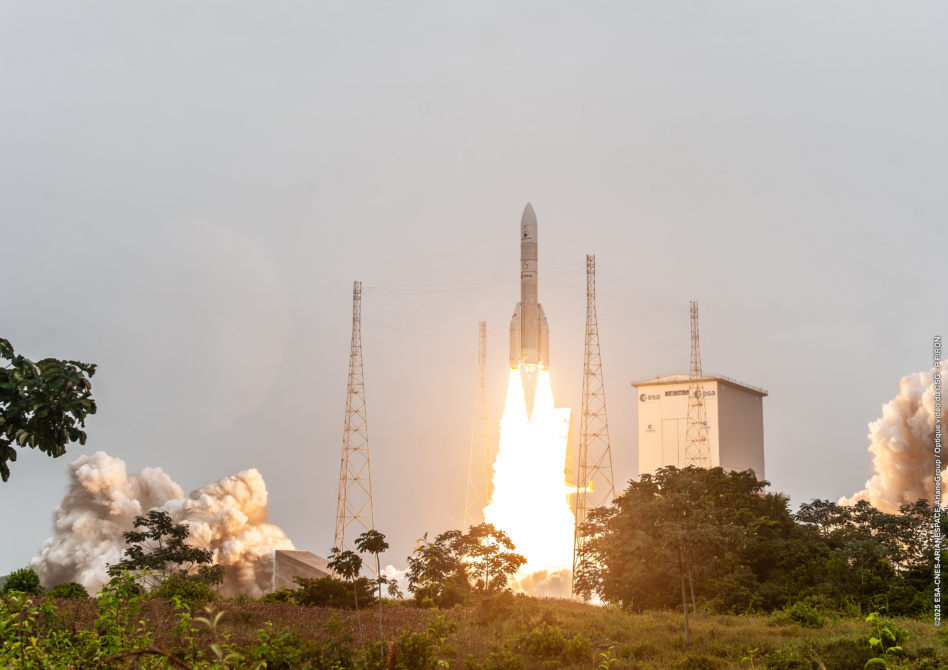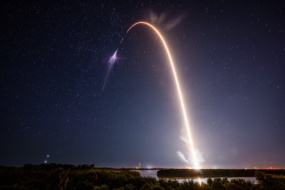The quickest way to get to space from Europe is to veer left at the UK, fly across the pond, and hitch a ride on a US-built rocket. ESA wants to change that.
The space agency’s European Launcher Challenge opened its call for proposals yesterday as part of a push to increase the number of sovereign launchers on the continent. Submissions will be open for six weeks. After that, ESA will spend six months evaluating proposals before awarding a maximum of €169M ($183M) to each winning company at the agency’s ministerial meeting in November.
How to win: The ELC is open to EU registered launch providers who have their decision-makers, development and manufacturing facilities, and launch operations based in ESA or EU member states.
After Ariane 5 retired in 2023, Europe had no homegrown operational launch capabilities, but a handful of launchers have already made headway in restoring European access to space.
- Last year, Ariane 6 made its debut flight, while Vega C returned to orbit two years after a launch failure.
- European launch companies planning to make their first flights this year include Isar Aerospace, MaiaSpace, Orbex, Skyrora, and RFA.
The challenge, however, opens the floodgates for an even wider range of options to come online.
“[ELC] will, of course, prepare the ground for the smaller launchers, microlaunchers and minilaunchers, to become part of this Challenge. And we do sincerely hope to see some of the first of these new launches being launched very soon,” Josef Aschbacher, ESA’s director general, said at a press conference in January.
Form and format: The ELC also heralds a new style of contracts coming out of ESA.
As part of an effort to increase the competitiveness of the agency’s acquisition process, the challenge operates slightly outside of the geo-return framework that’s been a hallmark of ESA’s past invitations to tender—the idea being that each member state receives an equal amount of money back in contracts that it invests into ESA.
The ELC will operate on the idea of “fair contribution,” which essentially flips geo-return on its head. Under this framework, ESA holds the competition first, chooses the best proposals, and then member states make contributions based on how their local companies fare.
Some countries have prepared to make the most of the new format. The UK started to hold ESA 101 workshops to better prepare local companies to win ESA contracts, while Germany invested €95M ($102.9M) into ESA’s “Boost!” program in December to support German launchers HyImpulse, Isar Aerospace, and RFA. Only time will tell if those investments pay off.




